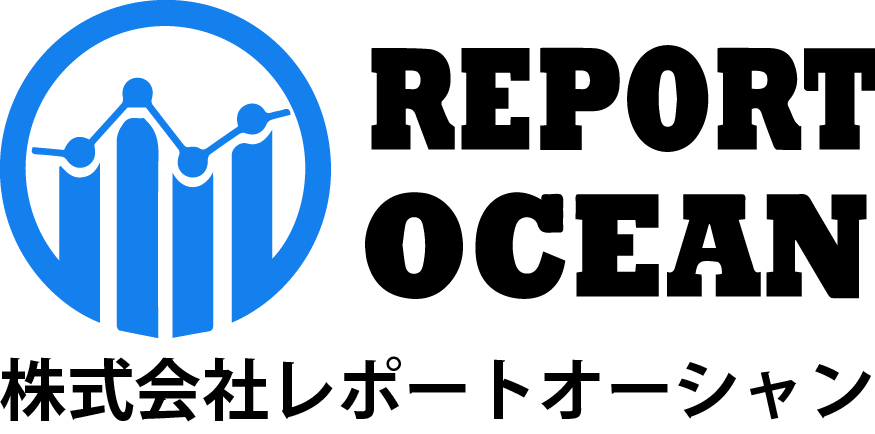日本ビルディングオートメーションシステム市場規模、シェア、競争環境、動向分析レポート:コンポーネント別(ハードウェア、ソフトウェア)、用途別(HVAC制御システム、照明制御システム、電子セキュリティ及び安全性、ビルエネルギー管理システム)、通信技術別(有線、無線、その他)、エンドユーザー別(商業、産業、住宅)、販売チャネル別(直接、間接): 2024 年から 2032 年までの機会分析と業界予測
レポートID : ROJP0524072 |
最終更新 : 2024年05月 |
フォーマット : ![]() :
: ![]() :
: ![]()
Table of Contents
1. Research Methodology
2. Project Scope & Definitions
3. Impact of COVID-19 on Japan Building Automation System Market
4. Executive Summary
5. Voice of Customer
5.1. Demographics of the End Consumer
5.2. Product and Market Intelligence
5.3. Brand Recall and Loyalty
5.4. Factors Considered in Purchase Decision
5.4.1.Quality
5.4.2. Pricing/Overall Expenses
5.4.3.Energy Efficiency
5.4.4.Reliability
5.4.5. After Sales Support
5.4.6. Technical Specifications and Features
5.4.7.Scalability and Integration
5.4.8.Reviews and Recommendations
5.5. Purpose of Purchase
5.6. Frequency of Purchase
5.7. Medium of Purchase
5.8. Consideration of Security and Data Privacy
6. Japan Building Automation System Market Outlook, FY2017-FY2031F
6.1. Market Size & Forecast
6.1.1.By Value
6.2. By Component
6.2.1.Hardware
6.2.2.Software
6.3. By Application
6.3.1.HVAC Control Systems
6.3.2.Lighting Control Systems
6.3.3.Electronic Security & Safety
6.3.4.Building Energy Management System
6.4. By Communication Technology
6.4.1.Wired
6.4.2.Wireless
6.4.3.Others
6.5. By End-user
6.5.1.Commercial
6.5.2.Industrial
6.5.3.Residential
6.6. By Sales Channel
6.6.1.Direct
6.6.2.Channel
6.7. By Region
6.7.1.North
6.7.2.Central
6.7.3.South
6.8. By Company Market Share (%), FY2023
7. Market Mapping, FY2023
7.1. By Component
7.2. By Application
7.3. By Communication Technology
7.4. By End-user
7.5. By Sales Channel
7.6. By Region
8. Macro Environment and Industry Structure
8.1. Supply Demand Analysis
8.2. Import Export Analysis
8.3. Value Chain Analysis
8.4. PESTEL Analysis
8.4.1.Political Factors
8.4.2.Economic System
8.4.3.Social Implications
8.4.4.Technological Advancements
8.4.5.Environmental Impacts
8.4.6.Legal Compliances and Regulatory Policies (Statutory Bodies Included)
8.5. Porter’s Five Forces Analysis
8.5.1.Supplier Power
8.5.2.Buyer Power
8.5.3.Substitution Threat
8.5.4.Threat from New Entrant
8.5.5.Competitive Rivalry
9. Market Dynamics
9.1. Growth Drivers
9.2. Growth Inhibitors (Challenges and Restraints)
10. Key Players Landscape
10.1. Competition Matrix of Top Five Market Leaders
10.2. Market Revenue Analysis of Top Five Market Leaders (in %, FY2023)
10.3. Mergers and Acquisitions/Joint Ventures (If Applicable)
10.4. SWOT Analysis (For Five Market Players)
10.5. Patent Analysis (If Applicable)
11. Pricing Analysis
12. Case Studies
13. Key Players Outlook
13.1. Siemens Limited
13.1.1. Company Details
13.1.2. Key Management Personnel
13.1.3. Products & Services
13.1.4. Financials (As reported)
13.1.5. Key Market Focus & Geographical Presence
13.1.6. Recent Developments
13.2. Schneider Electric
13.3. Johnson Controls
13.4. ABB Asea Brown Boveri Ltd
13.5. Beckhoff Automation
13.6. Azbil Corporation
13.7. Crestron Electronics Japan Pvt Ltd
13.8. Carrier Corporation
13.9. Honeywell International Inc.
13.10. Legrand Japan Private Limited
無料サンプルを入手する ![]()
この無料サンプルには、トレンド分析から推定・予測まで、さまざまなデータが含まれています。
最新レポート
お問い合わせ
-
- JAPAN : 03-6899-2648
-
- EMAIL : [email protected]







